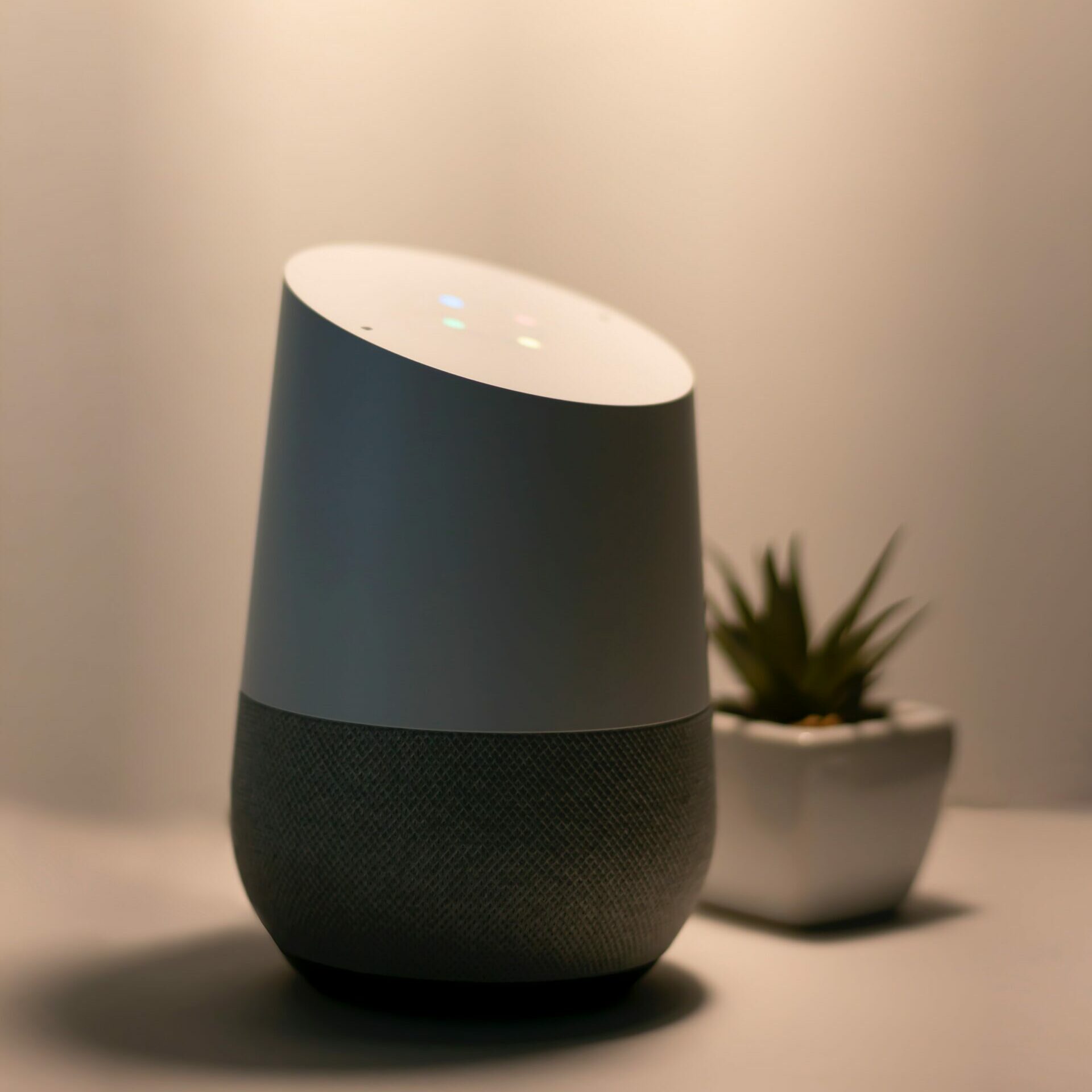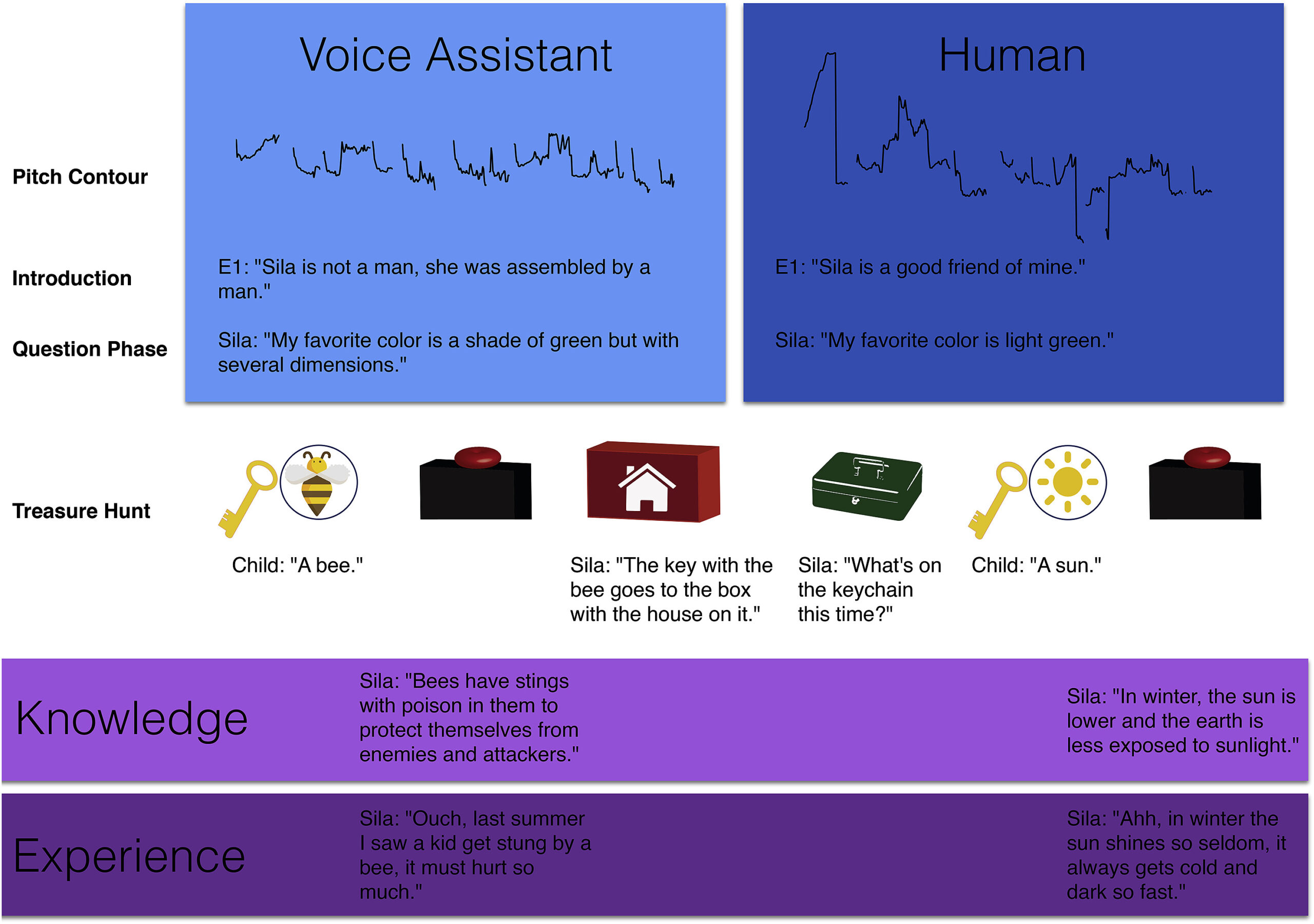
How to talk to voice assistants
We interact with humans, digital devices and artificial intelligence devices in our everyday lives in the digital society. Consequently, children are exposed to digital media and digital devices from an early age. The growing prevalence
of artificial intelligence and digital media in children’s lives provides them with the opportunity to interact with novel non-human agents such as robots and voice assistants. Educational robots, for example, support children in
learning by serving as a tutor or a teaching assistant . Furthermore, robots assist children with physical disabilities to move and play, and they help children with autism learn about communication and emotions. While we as adults
have a history of interactions with humans and artificial intelligence devices and can tell the differences between them, what about children growing up in the digital age? Does it matter with whom they interact? Do they impose the
same expectations on humans as they do on virtual agents? How do children distinguish between artificial intelligence and humans?
Study Procedure
Christian Seewald (2021-03-04). Schaden Smartphones unseren Kindern? SRF Einstein.
Cornelia Eisenach (2020-09-20) Wie Siri die Kleinen prägt. NZZ am Sonntag.
